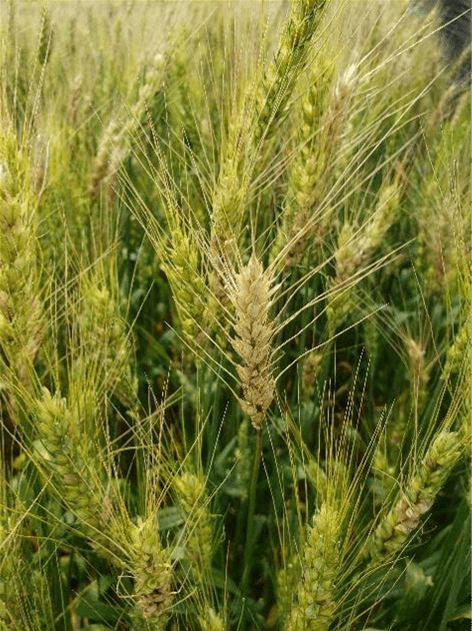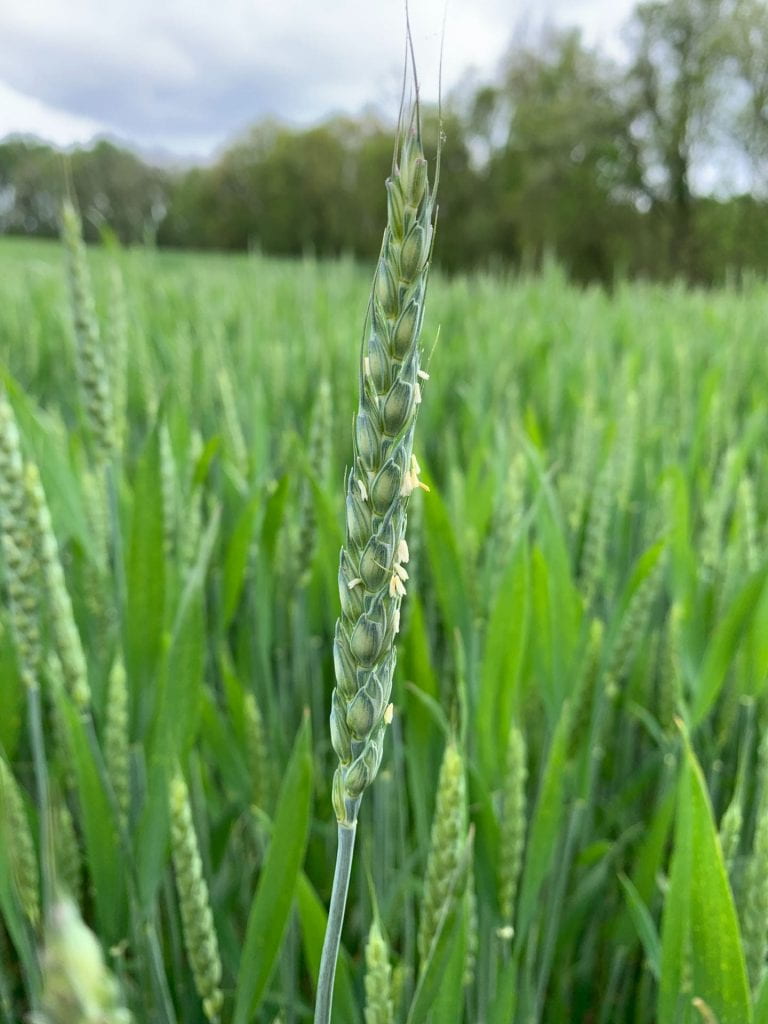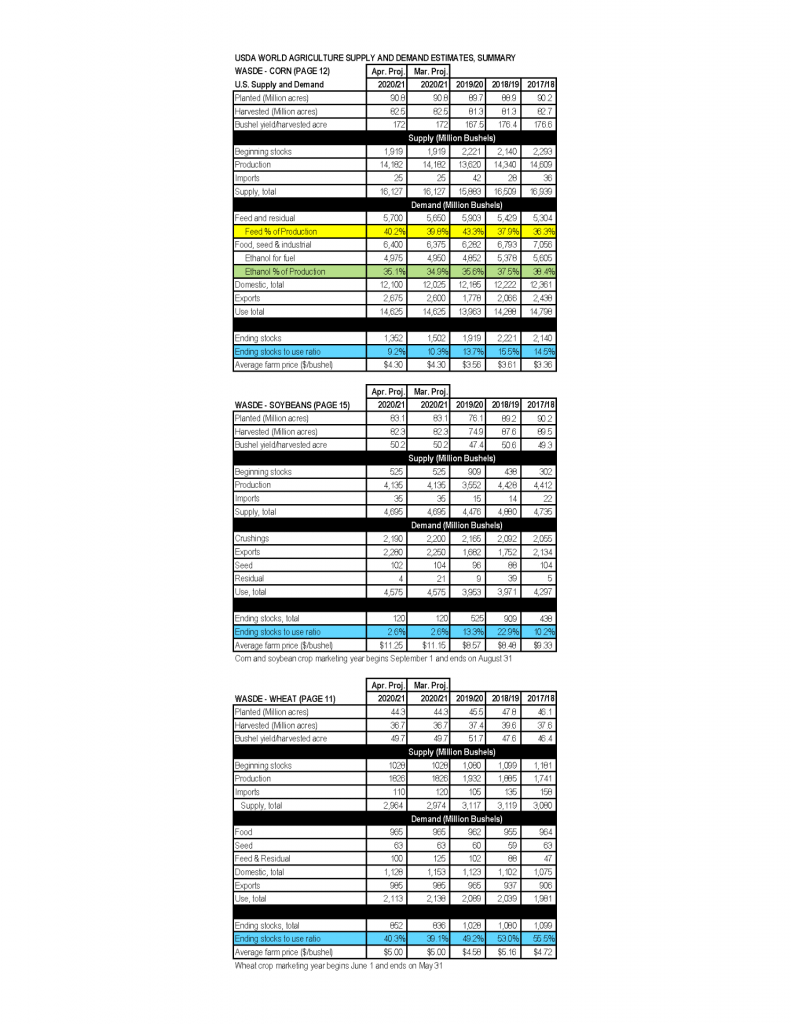A referendum to continue the Maryland Grain Checkoff Program (MGCP) will be held on July 22, 2021, 10:00 a.m. – 1:00 p.m. at the annual Commodity Classic at the Queen Anne’s County (QAC) 4-H Park. The Checkoff Program works to improve Maryland grain farm profitability by funding market development, research and education projects focused on the needs of our farmers. Funding decisions are made by a board of grain producers from six regions throughout the state.
“The Maryland Grain Checkoff Program is made possible by farmers to benefit farmers,” said Maryland Grain Producers Utilization Board (MGPUB) President John Bruning. “I have seen firsthand how the projects funded with checkoff dollars have benefitted my own farming operation and Maryland grain farmers across the state.”
If passed by a majority, the 30-year-old Checkoff Program will continue from October 1, 2021 for an additional five years. One half of one percent (.5%) will be collected on the net value of each bushel of grain sold. The checkoff will be deducted at the first point of sale on all grain, with the exception of sorghum and soybeans. MGPUB does not administer the soybean checkoff program and grain refunds are available by written request to MGPUB.
“We encourage grain producers to support the referendum and become members of the Maryland Grain Producers Association (MGPA),” says Bruning. “Membership dues to the MGPA may be deducted directly from your checkoff assessment. Checkoff dollars cannot be used for lobbying, so membership is essential to ensure our farmers have a voice in Annapolis.”
To be eligible to vote, a person must be financially engaged in the growing of grain as an owner, tenant, or sharecropper. Contact Lindsay Thompson for information or for an absentee ballots at 443-262-8491, lindsay.mdag@gmail.com, or write to MGPA, 123 Clay Drive, Queenstown, MD 21658.
More information about the Maryland Grain Producers and the Checkoff Program can be found online www.marylandgrain.org.





